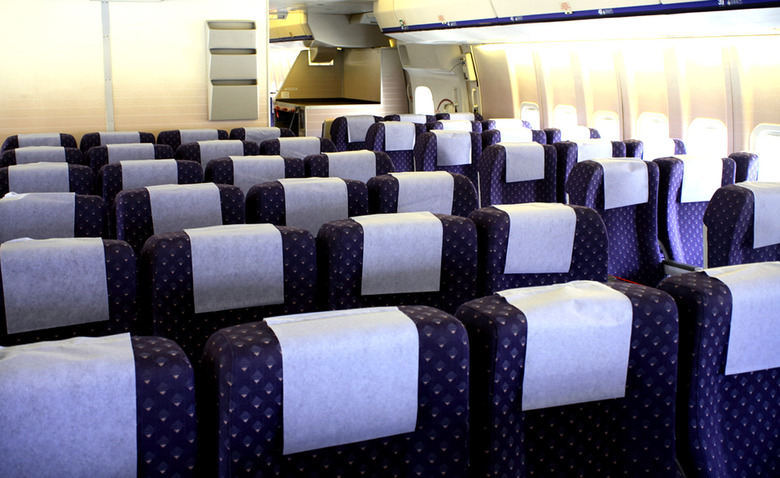Where To Sit On An Airplane To Avoid Being Killed On Impact
So you're anxious about flying to your next destination, but you have no choice. Curing your fear of flying is a difficult thing to do, if it's even possible, but there are ways to calm yourself down. You already know that flying is the safest form of travel out there, and pilots are trained to handle even the most intense situations — check out these videos of pilots landing their crafts safely in some very scary conditions.
If that's not reassuring enough, we can at least tell you where to sit on the plane so you're least likely to be killed on impact in the event of a crash.
DON'T MISS: 25 hidden iPhone features that are really, truly hidden
Scientists crashed a Boeing 737 intentionally in the Mexican desert in 2012, Business Insider reports, to analyze a passenger's chances of survival (see video below). What they discovered in their extensive test is that first class passengers and the ones who sit in the front of the main cabin are more likely to sustain injuries and die in a head-on collision.
Sitting behind a wing or in the back increase your chances of survival, as the anatomy of the plane would actually help during a crash. The nose of the aircraft tends to sustain the greatest force as the plane crashes. In the test, seat 7A was found 500 feet from the accident site, and the passenger in it would have certainly died.
The crash-test dummies seated towards the middle of the plane near the exit rows only sustained minor head injuries, with only the dummy that wasn't wearing a seatbelt having been fatally wounded. The safest place would be the back of the plane, the test showed, furthest from the point of impact but still able to access exit rows.
Furthermore, an analysis conducted by Time magazine revealed that the safest place to sit in a plane is the middle seats toward the back of the aircraft. People in those seats died 28% of the time in crashes – yes, there's still a chance you could die – but people sitting in front of the plane died 40% of the time.
There's one other major factor to remember when choosing your next seat on a plane. These stats only apply if the plane takes a nosedive. An accident caused by a tailspin might make the back of the aircraft equally dangerous.
If you're trying to conquer your fear of flying, check out our airplane hub to see a bunch of daring landings and other maneuvers that show pilots' impressive skills in the face of danger. And while we're on the subject, here's what a cockpit looks like after severe turbulence.
Finally, The Plane Crash documentary is embedded below.
